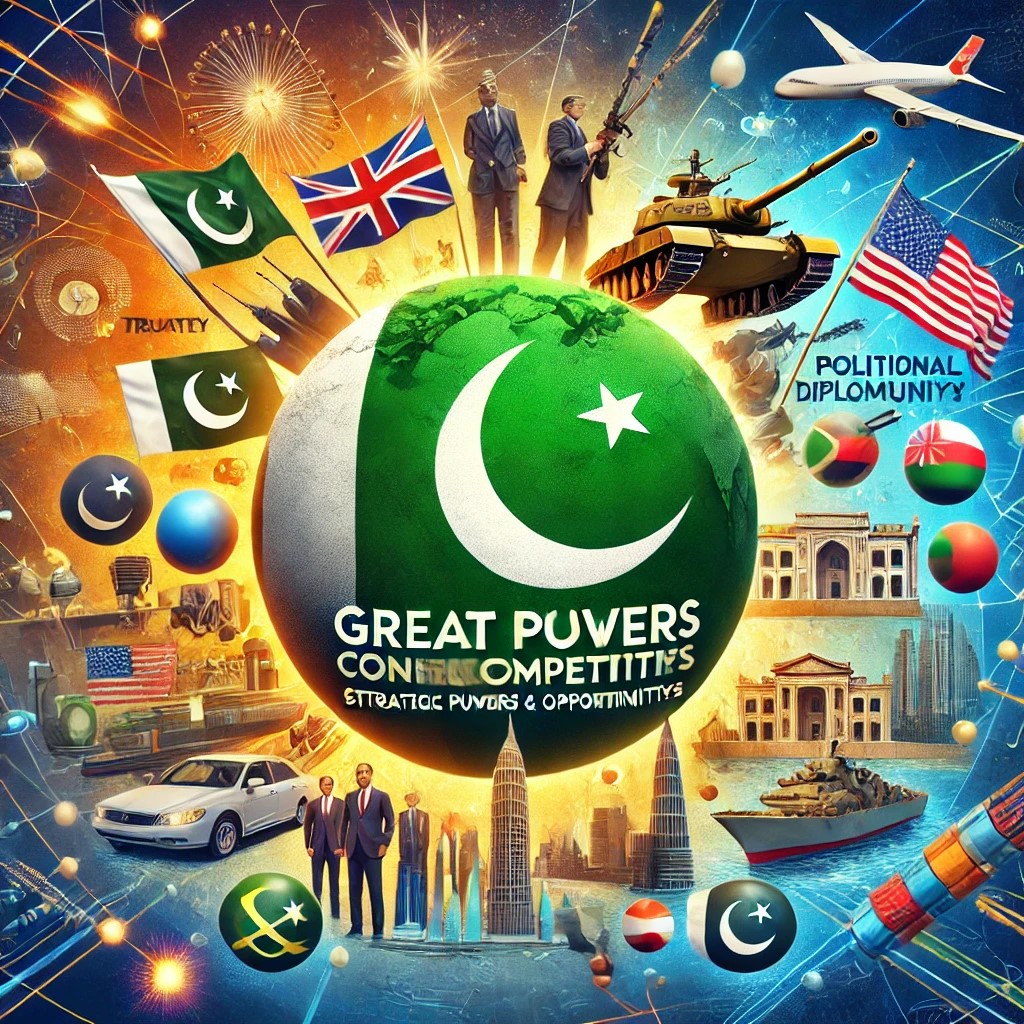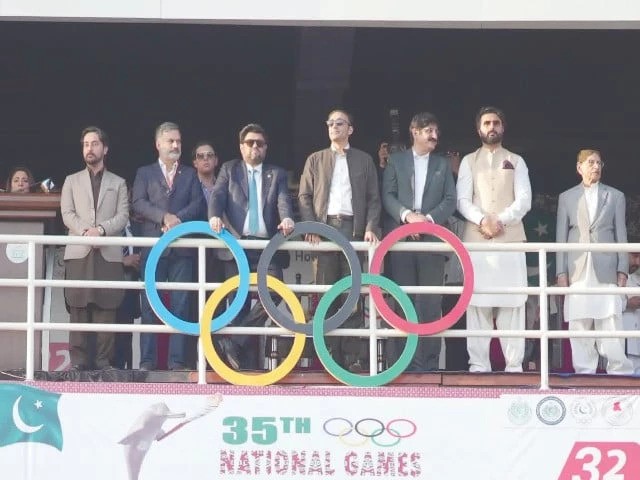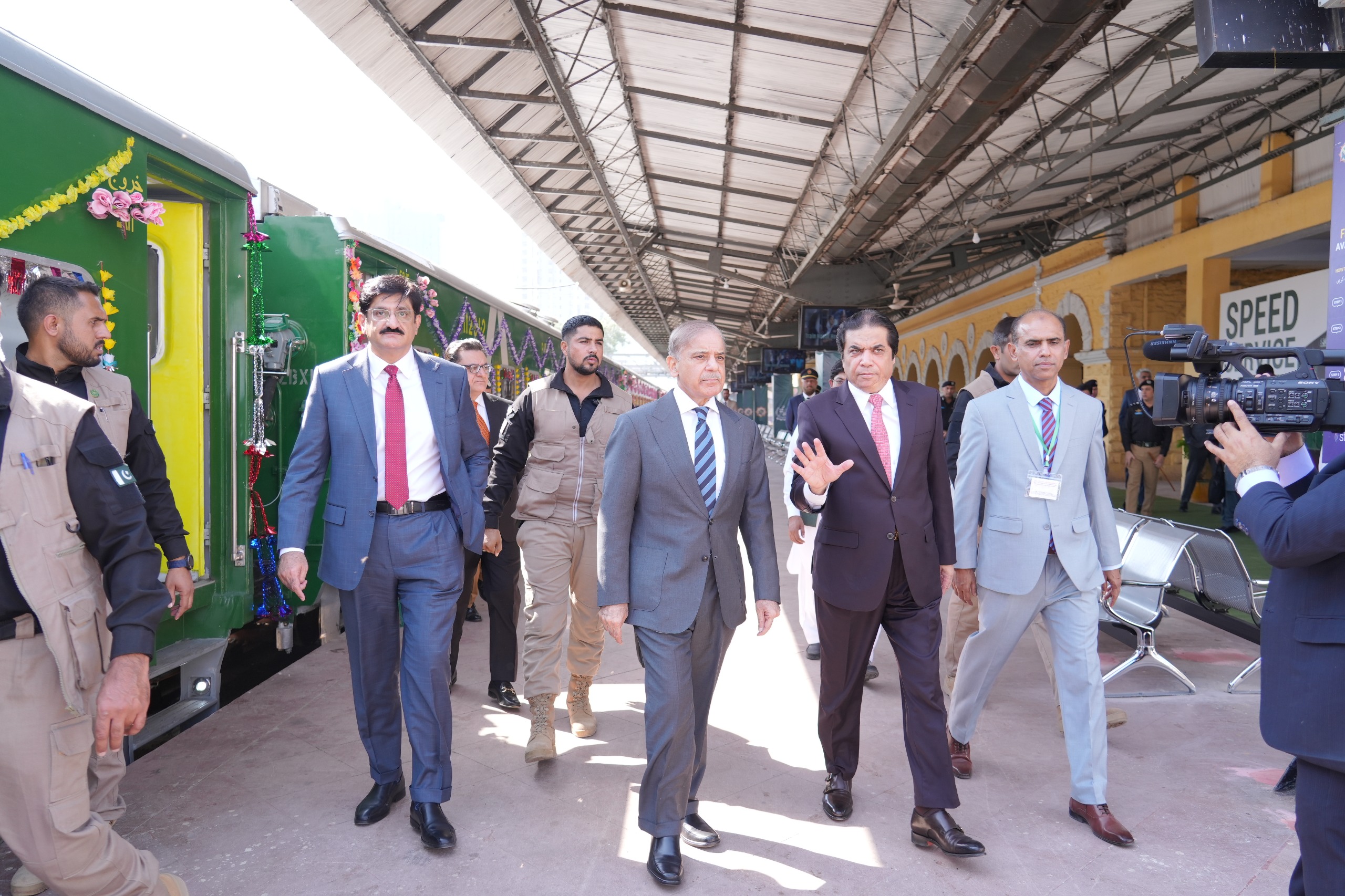Adaptable Strategic Tensions and Opportunities
In today’s rapidly changing world, major powers are working hard to meet their political and strategic goals, often by influencing and controlling key regions. As new, emerging powers rise, the landscape of global competition and cooperation has become much more complex. This shift has made our world more interconnected, with technological advances, the flow of information, and the movement of capital and people that are also playing central roles to meet the strategic goals. Now, countries are more than ever turning to an adaptable diplomatic partnerships to tackle shared challenges, like technology, the environment, and economic issues. While navigating from this interconnected world, nations are also relying more on their neighbors and the global community to protect and advance their interests. Taylor & Francis Online
Geographical position of Pakistan
Pakistan is located at a geopolitically sensitive position i.e. at the crossroads of Central Asia, the Middle East, and South Asia.. It shares borders with Afghanistan and Iran, both of which face political challenges and international isolation, while India remains a historically tense neighbor. These factors make it incredibly difficult for Pakistan to secure and strengthen its standing in the region. Adding to the complexity is the growing competition between the U.S. and China, which further intensifies the challenges. In this turbulent environment, Pakistan’s best course of action is an adaptable stabilized internal politics environment, achieving economic progress, and fostering peace within the region. The 21st century brings with it unprecedented challenges, and only countries that are politically and economically stable will be able to navigate the uncertainty of the global landscape.European University Institute FSR
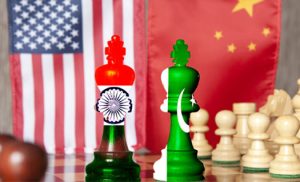
Complex regional dynamics
During the Cold War, the United States saw Pakistan as a crucial ally, primarily because it was strategically important in the context of the Soviet Union. For Pakistan, the alliance was just as essential, as it provided the economic aid needed to strengthen its position and served as a counterbalance to its longtime rival, India. The relationship between the two countries was built on these shared adaptable strategic interests and the broader geopolitical landscape of the time. Modern Diplomacy
However in the recent decade, if at one side U.S.-India relations have grown stronger, then on the other side China’s global ambitions have risen as Pakistan is playing a key role in helping China to achieve its economic goals with mutual adaptable economic reforms between the both countries. In 2013, President Xi launched the Belt and Road Initiative (BRI), a massive infrastructure and investment project. One of its cornerstone projects, the China-Pakistan Economic Corridor (CPEC), is vital for bringing China’s vision to life.
The rise of China has been one of the most talked-about developments in international relations. Scholars are divided on how to interpret this ascent. For some, China’s growth is seen as a peaceful phenomenon that will contribute positively to the global economy. Since the late 1970s, China’s annual economic growth has averaged 9.7%, thanks to market-driven reforms. However, others view China’s rise with more caution, arguing that it could pose a threat. Realists, for example, suggest that as a rising power, China might take advantage of the uncertain and anarchic international system to assert itself. This includes using its growing economic influence to strengthen its military capabilities and project dominance on the global stage. The debate continues to shape how the world views China’s ambitions and future trajectory. European University Institute FSR
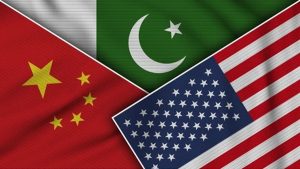
Implications of US-China rivalry for Pakistan
The growing rivalry between the U.S. and China is compared to a modern-day “Cold War.” Both countries are vying for global dominance, though at its heart lies very intense economic competition. United States and China are also battling for supremacy in emerging technologies like 5G, semiconductors, and artificial intelligence. This rivalry has led to a cycle of restrictions, with each side imposing bans on the other’s investments and exports in key technological sectors. As the competition intensifies, both powers are fully committed to assert their dominance in these crucial areas.
As the competition between the U.S. and China intensifies, Pakistan finds itself in a particularly awkward position. The rivalry between the two superpowers has created an unpredictable and volatile environment for Pakistan. Faced with shifting global and regional dynamics, Pakistan is dealing with a host of economic and security challenges. In such an uncertain world, it’s crucial for Pakistan not to put all its trust in one global power. Instead of a strategy of hedging an adaptable balanced relationship with both the U.S. and China offers the best hope for Pakistan to safeguard its interests, enhance its international standing, and navigate the complexities of modern geopolitics.
Adaptable Strategic hedging
Recently, Pakistan has been walking a fine line, trying to balance its relationships with both the U.S. and China. This strategy, known as “strategic hedging,” allows Pakistan to protect its national interests by not fully committing to one side. However, this balancing act is tricky, as Pakistan’s growing ties with China have made it more closely aligned with Beijing. At the same time, Pakistan is aware that it can’t afford to completely lose the support of the U.S., making its approach even more delicate. In this complex geopolitical landscape, Pakistan is trying to navigate these relationships carefully, knowing that it’s not an easy task. European University Institute FSR
Recent developments
The U.S. has recently raised concerns about Pakistan’s missile development program, viewing it as an emerging threat. In response, new sanctions have been imposed on entities involved in Pakistan’s ballistic missile development. Pakistan, however, has strongly criticized these measures, calling them unfair and accusing them of threatening regional stability. From Pakistan’s perspective, these sanctions seem to unfairly target its defense efforts and add to the already delicate security situation in the region. It’s a tense moment, with both sides at odds over issues of security and peace. Reuters,AP News
In light of these tensions, Pakistan has been deepening its strategic partnership with China. A notable step in this direction came when Chinese Premier Li Qiang inaugurated a Beijing-funded international airport in Gwadar, Balochistan. This development is a significant milestone in the growing China-Pakistan cooperation, highlighting China’s investment in infrastructure projects that are crucial for both economic growth and strategic alignment. It’s a clear signal of the strengthening ties between the two countries, aiming to bolster Pakistan’s position amidst the shifting global dynamics.
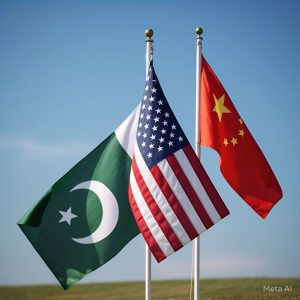
Adaptable Diplomatic Way Forward
Instead of selecting sides Pakistan should keep country’s national interests in forefront while formulating policy about relationship with US and China. In this regard Pakistan’s foreign policy need to be guided through the prism of contesting nations approach towards US China relationship. Pakistan may use engagement and disengagement strategy in line with global/regional environment. An independent foreign policy is inversely proportional to the amount of foreign dependence and for this independent foreign policy Pakistan has to come out of the IMF trap by improving its economic and technological capacity. Pakistan must maintain an adaptable strategic relation with China amid Indo-US burgeoning partnership; however, at the same time it must collaborate with United States especially on trade and technological advancements.
By PNP Intern – Haleema Sadia
This post has been submitted by one of our interns. PNP Internship Program is an exciting career opportunity for Pakistani university students to get hands-on valuable experience required in national and international job market.
In order to ensure transparency, accuracy and accountability to our readership, please report whenever any error found or need to clarify /correct the post.

